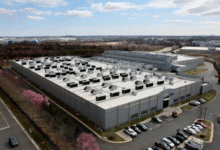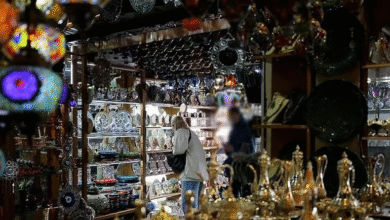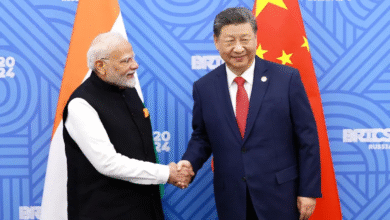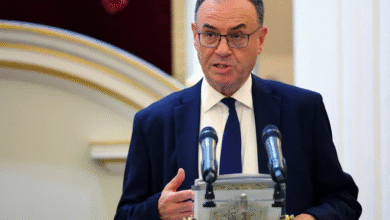African Continental Free Trade Agreement: Ambitions and Ongoing Challenges
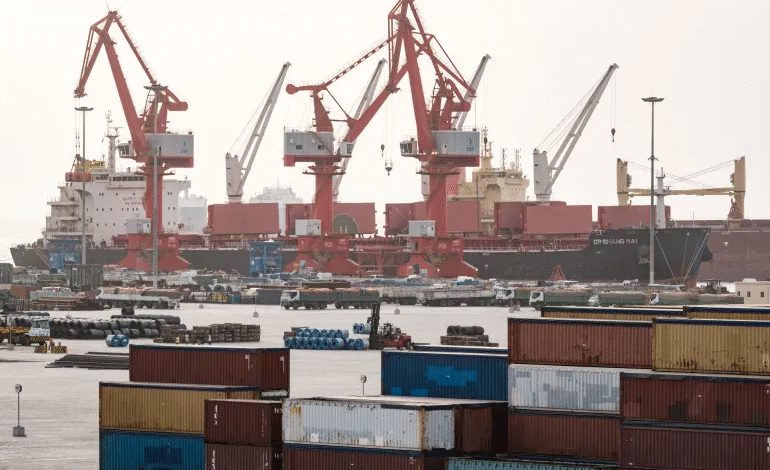
Although African countries began liberalizing trade among themselves in 2012, a formal agreement was only finalized in early 2019, followed by a gradual accession process. This process remains partially incomplete, as Eritrea has yet to ratify the agreement.
The provisions of the African Continental Free Trade Area (AfCFTA) began implementation in early 2021, following the election of Wamkele Mene as the first Secretary-General on February 20, 2020, and the designation of Accra, Ghana, as the headquarters of the secretariat.
The agreement aims to create a single African market encompassing 55 countries, with a population of approximately 1.3 billion and a combined GDP of around $3.4 trillion, positioning it as one of the continent’s largest economic initiatives.
Ambitious Goals and Development Opportunities
The Economist described AfCFTA as one of the African Union’s most significant projects, viewing it as a step toward transforming Africa into a global economic power in the coming decades. However, the newspaper noted that benefits will not be evenly distributed, as some countries lack basic transport infrastructure while others face the consequences of conflict and violence, requiring extensive political cooperation for effective integration.
The World Bank projects that the agreement could raise Africa’s GDP by 7%, or roughly $450 billion, by 2035 through reduced tariffs and the removal of non-tariff barriers. It could also lift about 30 million people out of extreme poverty and 68 million out of moderate poverty.
Key provisions include removing trade barriers, promoting intra-African trade, developing value-added products in the services sector, and establishing regional value chains—thereby expanding investment opportunities and job creation.
Delays and Underlying Challenges
Academic David Monda, a Kenyan-American economist, attributes the delay in AfCFTA’s implementation to bureaucratic hurdles in many African states and governments’ reluctance to address politically sensitive trade issues, fearing loss of control over economic activity.
Additional factors include multiple regional trade blocs, linguistic divisions (English, French, Portuguese), and differing economic capacities, with smaller economies wary of competing with larger, more developed markets.
Limited Progress Amid Persistent Challenges
Five years after signing the agreement, African countries still account for less than 3% of global trade, with intra-African trade remaining weaker than other international blocs. Political instability, border control issues, armed conflicts, terrorism, climate change impacts, and weak administrative structures continue to hinder the establishment of a fully integrated continental market.
Despite these challenges, the Africa 2025 Economic Report notes some progress, particularly through the Targeted Trade Initiative launched in October 2022, currently involving 30 countries, including Nigeria and South Africa, trading selected goods. The UN report stresses the need for clear institutional frameworks, national structures to support implementation, and increased awareness among businesses regarding trade rules, particularly tariff reductions.
Recommendations for Strengthening Integration
To achieve AfCFTA’s objectives, the report emphasizes addressing infrastructure gaps such as poor roads, unreliable energy supply, and inefficient ports, which impede trade flow.
Secretary-General Wamkele Mene has repeatedly highlighted that establishing a single African market requires time, estimating infrastructure needs at roughly $100 billion. The report also calls for harmonizing regulatory frameworks, improving trade policies, and enhancing digital trade, which remains underutilized for intra-African commerce.
Monda stresses strengthening regional economic mechanisms before expanding to continental-level plans. He also highlights the need for political will, addressing non-tariff barriers, reducing bureaucracy, and boosting diverse value-added production instead of over-relying on raw material exports.
Ultimately, diversifying products and promoting intra-African trade can deepen economic integration, expand investment and trade opportunities, and help Africa achieve its long-term development objectives.


